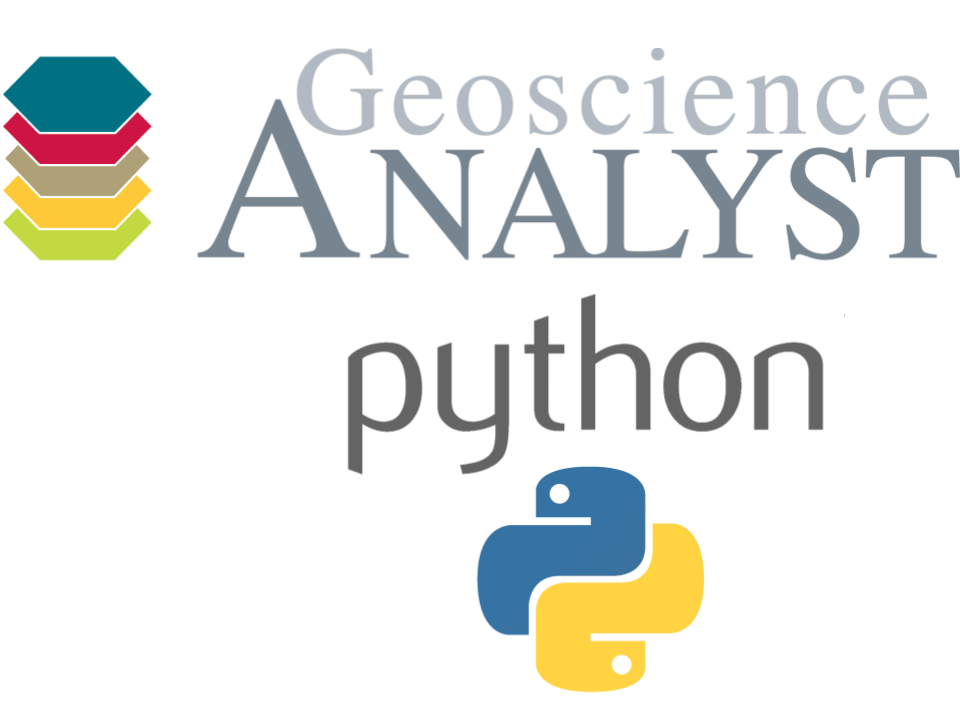Containers#
In the previous section, we introduced numeric types such as int and float, as well as text variables (str). Often, we want to group multiple values together in order to perform larger or more complex operations.
This section introduces built-in container types in Python, which allow you to store and organize multiple related values in a single variable.
List#
Lists are ordered collections that can store multiple items of any type (even mixed types). They are created using square brackets [] with comma-separated values.
a_list = [1.0, 2, "abc"]
print(a_list)
print(type(a_list))
[1.0, 2, 'abc']
<class 'list'>
Common List Operations#
Indexing: Access elements in the list using their position (index). In Python, indexing starts at 0, not 1.
# Access the first element (index 0)
first_element = a_list[0]
print("First element:", first_element)
# Access the second element (index 1)
second_element = a_list[1]
print(f"Second element: {second_element}")
First element: 1.0
Second element: 2
Adding elements: You can add items to a list using the
append()method or the+=operator.
# Using append() method to add a single item
a_list.append("new item")
print("After append:", a_list)
# Using += operator to add another list
a_list += ["another item"]
print("After +=:", a_list)
After append: [1.0, 2, 'abc', 'new item']
After +=: [1.0, 2, 'abc', 'new item', 'another item']
Removing elements: You can remove items using the
pop()method by specifying the index.
# Remove the first element (index 0)
removed_item = a_list.pop(0)
print(f"Removed item: {removed_item}")
print(f"List after removal: {a_list}")
Removed item: 1.0
List after removal: [2, 'abc', 'new item', 'another item']
Finding elements: Use the
index()method to find the position of an item in the list. This also works for strings, as they are also sequences (but not exactly the same as lists).
# Find the index of "abc" in the list
position = a_list.index("abc")
print(f"'abc' is at index: {position} in the list")
# Find the index of the first "i" in the string
my_string = "This is a string"
position_in_string = my_string.index("i")
print(f"'i' is at index: {position_in_string} in the string")
'abc' is at index: 1 in the list
'i' is at index: 2 in the string
List length: You can check how many items are in a list using the
len()function.
list_length = len(a_list)
print(f"The list contains {list_length} items")
The list contains 4 items
Dictionary#
Dictionaries (dict) are also containers for objects but give an additional level of structure over lists as every
value of the dictionary is indexed by a key. A dictionary is created with a list of key: value pairs within
braces {}.
my_dict = {"integer": 2, "name": "Jane Doe"}
print(my_dict)
{'integer': 2, 'name': 'Jane Doe'}
Common Dictionary Operations#
Accessing values: Use the key inside square brackets to access values.
# Get the value for key "integer"
value = my_dict["integer"]
print(f"Value for key 'integer': {value}")
Value for key 'integer': 2
Adding or updating entries: Assign a value to a new key to add it, or to an existing key to update it.
# Add a new entry
my_dict["new"] = 123
print("After adding 'new':", my_dict)
# Update an existing entry
my_dict["integer"] = 5
print("After updating 'integer':", my_dict)
After adding 'new': {'integer': 2, 'name': 'Jane Doe', 'new': 123}
After updating 'integer': {'integer': 5, 'name': 'Jane Doe', 'new': 123}
Removing entries: Use the
delkeyword to remove a key-value pair.
# Remove the "new" entry
del my_dict["new"]
print("After removing 'new':", my_dict)
After removing 'new': {'integer': 5, 'name': 'Jane Doe'}
Getting all keys: You can get a view of all keys in the dictionary.
# Get all keys
all_keys = list(my_dict)
print("All keys:", all_keys)
All keys: ['integer', 'name']
Getting all values: Similarly, you can access all values.
# Get all values
all_values = list(my_dict.values())
print("All values:", all_values)
All values: [5, 'Jane Doe']
Getting all key-value pairs: You can access all key-value pairs as tuples. A tuple is an immutable sequence type, similar to a list, but it cannot be changed after creation.
# Get all key-value pairs
all_items = list(my_dict.items())
print("All key-value pairs:", all_items)
All key-value pairs: [('integer', 5), ('name', 'Jane Doe')]
Checking if a key exists: Use the
inkeyword to check if a key is present in the dictionary. You can also do this to check for values in a list or string.
print("Is 'name' in my_dict?", "name" in my_dict)
Is 'name' in my_dict? True
Knowledge Check: Python Containers#
1. If you create a list numbers = [10, 20, 30, 40], what is the value of numbers[2]?#
a) 10
b) 20
c) 30
d) 40
2. Which of these correctly adds the value 50 to the end of the list numbers?#
a) numbers + 50
b) numbers.add(50)
c) numbers.append(50)
d) numbers[4] = 50
3. How would you create a dictionary with keys ‘name’ and ‘age’ with corresponding values ‘Alice’ and 30?#
a) {'name', 'Alice', 'age', 30}
b) {'name': 'Alice', 'age': 30}
c) ['name', 'Alice', 'age', 30]
d) ('name', 'Alice', 'age', 30)
4. What is the result of len([1, 2, 3, 4, 5])?#
a) 4
b) 5
c) 6
d) It depends on what the numbers are
Answers#
c
c
b
b
Copyright (c) 2022 Mira Geoscience Ltd.
